Teenage Euthanasia’s Alyson Levy and Alissa Nutting on Finally Bringing To Life Their Love Letter To Death, Florida, and Family
Adult Swim has changed and evolved in considerable ways since its inception a little over a decade ago, but it’s still seen as a home for cutting edge content, especially when it comes to experimental adult animation. Teenage Euthanasia is the latest burst of surrealness to hit the programming block, which presents a warped take on a coming-of-age family sitcom. Teenage Euthanasia follows the Fantasy family as they run their funeral business in an exaggerated version of Florida. Oh, and one of the main characters just so happens to be a magically resurrected corpse who gets a second chance on motherhood. No big deal.
Alyson Levy and the team at PFFR are responsible for Adult Swim’s weirdest and most ambitious programming like Xavier: Renegade Angel, The Heart, She Holler, and The Shivering Truth. Teenage Euthanasia pairs Levy together with acclaimed novelist and screenwriter Alissa Nutting (Made for Love, Tampa), who create something truly genuine and bizarre. Nutting and Levy discuss the lengthy process to make Teenage Euthanasia a reality, including the different supernatural permutations Trophy took on before becoming a living corpse, why its futuristic, sci-fi heavy look at Florida is essential, and how to make a show that’s so focused on death during grim times still come across as optimistic.
Daniel Kurland: There’s such an unusual premise for this series. Is this an idea that you two had wanted to bring to life for a while? How did it come together and did it change in any major ways during production?
Alyson Levy: Yes, this all sort of grew out of our desire to create a half-hour animated series together. It started with this idea of a funeral home that did these absurd, fantastical funeral services. That seemed like a fun idea to us, but as we further fleshed out the characters we really keyed into the mother-daughter generational aspect to it all. At first, Trophy was an abandoned corpse that just got left at the funeral home, came back to life, and Annie was more of an orphan that took her in like a lost puppy. Then we decided that, no, they should actually be mother and daughter. So it took many evolutions to reach the place that you’re currently watching.
Alissa Nutting: Trophy was a ghost for a while at the beginning, too.
Alyson Levy: We knew that we wanted to have some kind of supernatural woman who had a teenage girl as her sidekick. Then that went through many iterations.
Daniel Kurland: PFFR has experience with both animated and live-action series and I can feel a bit of The Heart, She Holler in Teenage Euthanasia. Was it ever considered as a live-action show or do you think it could have worked in that context?
Alyson Levy: We at PFFR had never previously created a half-hour animated series and that was always just a personal goal that I’d had for like ten years, but never been able to do. When I met Alissa, she just felt like the right person for this project. It took a long time, but it was always our intention to make it a half-hour animated show.
Daniel Kurland: On that note, I’ve always been a big fan of Augenblick’s animation work and this show really looks gorgeous. It feels like there’s even a bit of a neon aesthetic to it. Did you have any specific requirements when it came to the look of the series?
Alyson Levy: We at PFFR had never previously created a half-hour animated series and that was always just a personal goal that I’d had for like ten years, but never been able to do. When I met Alissa, she just felt like the right person for this project. It took a long time, but it was always our intention to make it a half-hour animated show.
Daniel Kurland: I’m glad that you guys mentioned Florida. There’s a very rich world that’s created in this series. Alissa, you have a lot of history with Florida and your novel Tampa filters subject matter through that lens, but talk a little on why it’s the right setting for this series.
Alissa Nutting: I grew up there and it still very much feels like my spiritual home. There’s a Florida weirdness that not everyone gets—Alyson firmly gets it—that’s just wholly unique to that space. My creative imagination just completely lives there. It’s one of those places where it seems like anything can happen. You read news headlines and someone’s like, “That’s not real…” and then you tell them, “It’s in Florida!” and then they believe it. It’s just the perfect locale for this and in many ways this show is a love letter to the absurdity that I adore about that state.
Daniel Kurland: Similarly, I really love that the show is set in this exaggerated, tech-heavy, quasi-futuristic world where there are holograms, robots, and sentient products that can better aid consumerism. Why did you want to include those kinds of elements and can you expand a little more on the type of world that the show exists in?
Alyson Levy: This is kind of a tricky one because when we were developing it, we thought of it as being ten years ahead from wherever we are, just as a fun way to play with the animation and the political situation. We were working on this before Trump was even elected, so before all of that, but still this idea of where things could be headed. But also that a place like Florida would never get the good technology. It’s not like Hong Kong or New York; it’s this janky technology. We started talking about the show as a dystopia when we were first working on it, but now I’m honestly not sure anymore and it maybe plays more like a utopia?
To us, it’s just also where a lot of our ideas came from. We oddly had all of these sci-fi ideas and this just felt like the place to put them all, but treat them very normally and that this is just how it is. The hologram teacher one is the best example because we thought that was such a unique idea. Then, cut to my kids going to school with their teacher on a screen for an entire year. It’s extremely confusing at this point.
Alissa Nutting: It would just be really, really hard to do a contemporary show about death that doesn’t in some way factor in technology. That’s just such a huge element of our relationship with death and the anxiety that surrounds it as we try to avoid it. It just felt like it should be a central component in a show where death is kind of like wallpaper.
Daniel Kurland: The series does a good job with how it balances different environments, whether it’s Annie’s efforts at school, the Tender Endings funeral home business, or just Fantasy family drama. Has it been helpful to have that freedom and have you found yourselves gravitating to a certain type of story more than others?
Alyson Levy: I don’t think so. A little kind of rule that we set for ourselves this season was to really try and get out of the house—the Fantasy Funeral Home—and explore the rest of the world that’s out there. We had so many funeral home ideas that Alissa and I are constantly sending back and forth to each other, but it just felt a little too grim for whatever we were going to be premiering into. So for us, it was a focus on stories that featured as many different pairings as possible. Pete and Trophy have an episode together, and so do Baba and Annie, and then Baba and Pete…We made sure of that so that we could properly understand everyone’s dynamics, and make it more natural when they venture outside further into the world. Then to just go as big as possible for these seven episodes once the characters are out there.
Alissa Nutting: It’s neat to discover how different pairings can illuminate different sides of these characters. There’s an episode where Annie is trying to cry, and she’s paired with Pete. Annie couldn’t do that kind of exploration with Trophy or Baba. She could only do that if she’s alone with Pete. So that was another fun thing to figure out throughout the season and to see what secrets and vulnerabilities it would trigger in the characters.
Daniel Kurland: It’s also nice to see that Teenage Euthanasia has such a female-focused perspective with its characters and that it looks at three generations of women.
Alyson Levy: Yes, I feel like most shows usually get rid of the grandmother!
Daniel Kurland: Previous PFFR shows have kind of grown into larger, more serialized stories by the time that they end. Do you hope that Teenage Euthanasia can evolve in a similar manner or do you want to keep it smaller in scope?
Alyson Levy: I can only speak for myself, but I am all for an episodic season and not having an arc through it all. It’s just so fun and freeing to take that episodic approach. As you said, if we made many, many seasons of this it would likely continue to evolve and that would be its own challenge, but our goal going in was to try to maintain that episodic energy. It’s just fun to return to start like that after you’ve done something heavy. I wasn’t feeling in the mood to create something super serialized.
Alissa Nutting: There is this underlying optimism to the show, and the family, and the bonds that form and how everyone tries to connect with each other. I feel like amnesia is required for love and family in a way that’s very episodic. Like every Thanksgiving it’s like, “Yeah! Let’s try it! What could go wrong?” You just have to have that.
Daniel Kurland: I really like that. And it’s not as if you don’t have any serialization. There’s already the material with how the goth girls, Monotony and Infinity, continue to be the cops in the community, which is a great detail.
Alyson Levy: Yes, they become the cops. And we do have some other characters where the relationships aren’t erased. Like if Annie has a boyfriend or a girlfriend then they’re around for a few episodes, kind of like how The Simpsons approaches characters and how they work. No one forgets that they know each other, but each episode still begins anew. We end one episode with Trophy and Baba in prison and they’re not there in the next one. We don’t have to explain how they got out, or how they feel about it. It’s nice to wipe the slate clean in that sense.
Daniel Kurland: There’s also some really great uses of music in the series and what appear to be original songs during the end credits, which really add to it all. Can you expand any on that and your approach to music in the series?
Alyson Levy: Some are original, but we actually licensed far more music in the end for the show. We tried to have—Heather Christian is our composer and she also did The Shivering Truth and a bunch of Janicza Bravo’s films. She’s incredible. She actually won a BMI award for her Shivering Truth score. She’s a great partner and immediately got the show—she’s from Louisiana, which is close enough to Florida. We just wanted it to sound like how no show has ever sounded, but also that you would know that it’s on if you heard it playing in the other room. To make it iconic in its own way, in which she’s just done such a great job.
And then for the end credits, it’s just been super fun! We normally don’t end up with any money leftover to have fun with that, but somehow we did this time. So we put that “Dead Girl in the Pool” song from Girl in Red, which was such a nice get. Then we licensed this Dusty Springfield song for our opening credits, that Maria Bamford sings, which was also such a lucky acquisition that fits the show so well. There’s one PFFR song that closes out the episode with the beetles, but most are licensed!
‘Teenage Euthanasia’ premieres on Adult Swim with back-to-back episodes this Sunday at midnight

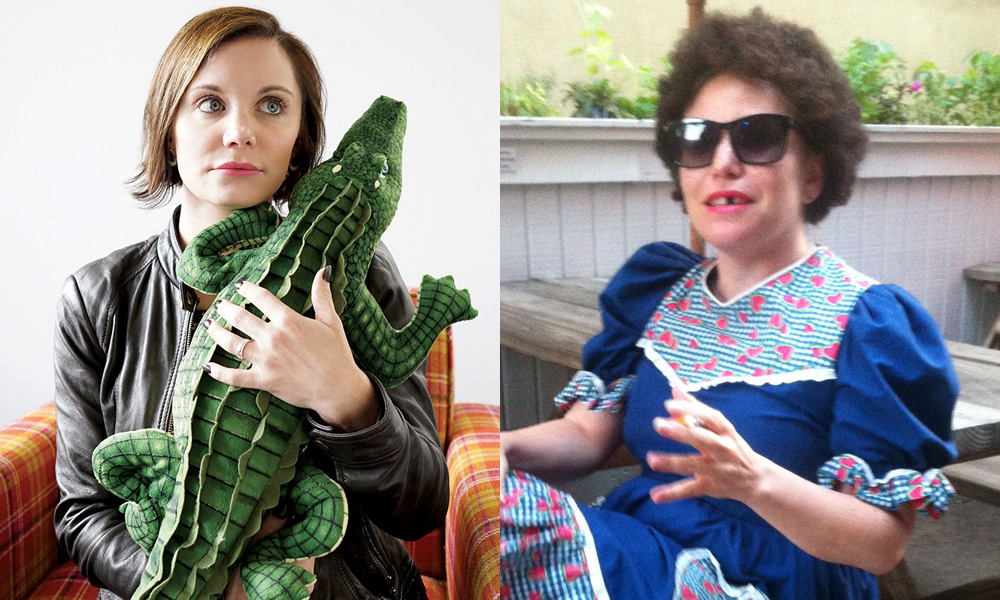
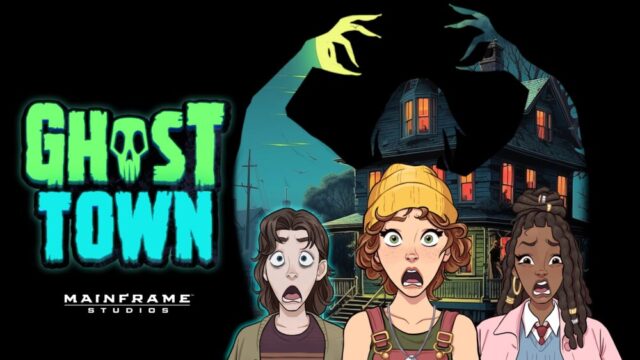
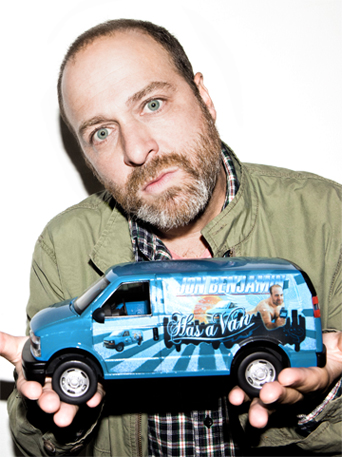
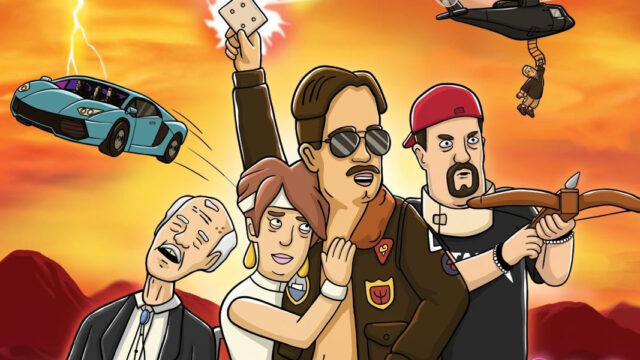


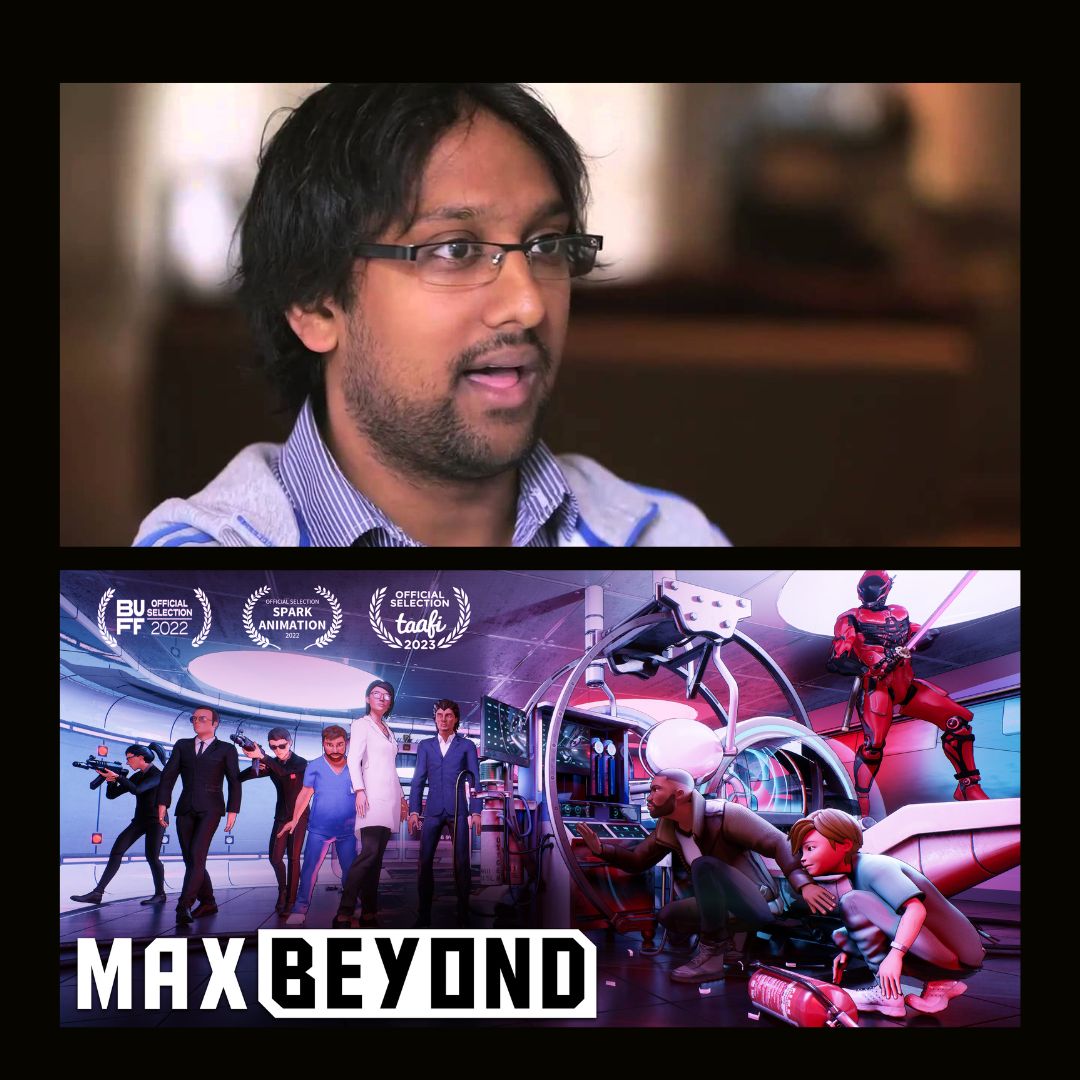


















Hi Ashley, thank you so much for reading and we love the feedback. Note that on that day we had 14th posts go up and only ten posts show on the front page, so it's possible the preview had already been archived by the time you got to it. One recommendation would be to add our RSS feed to your favorite news aggregator service like Feedly, this way you get all of the latest posts!